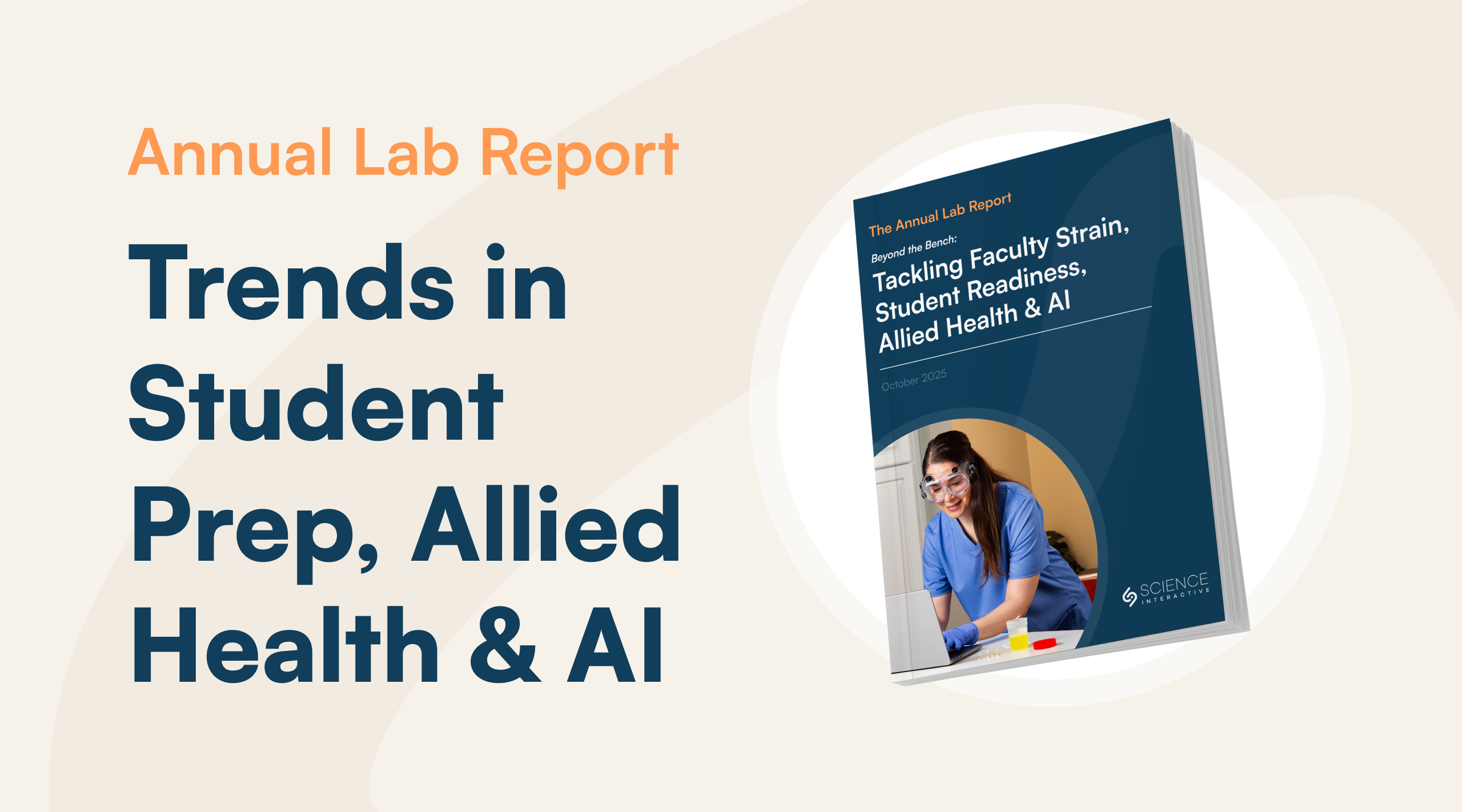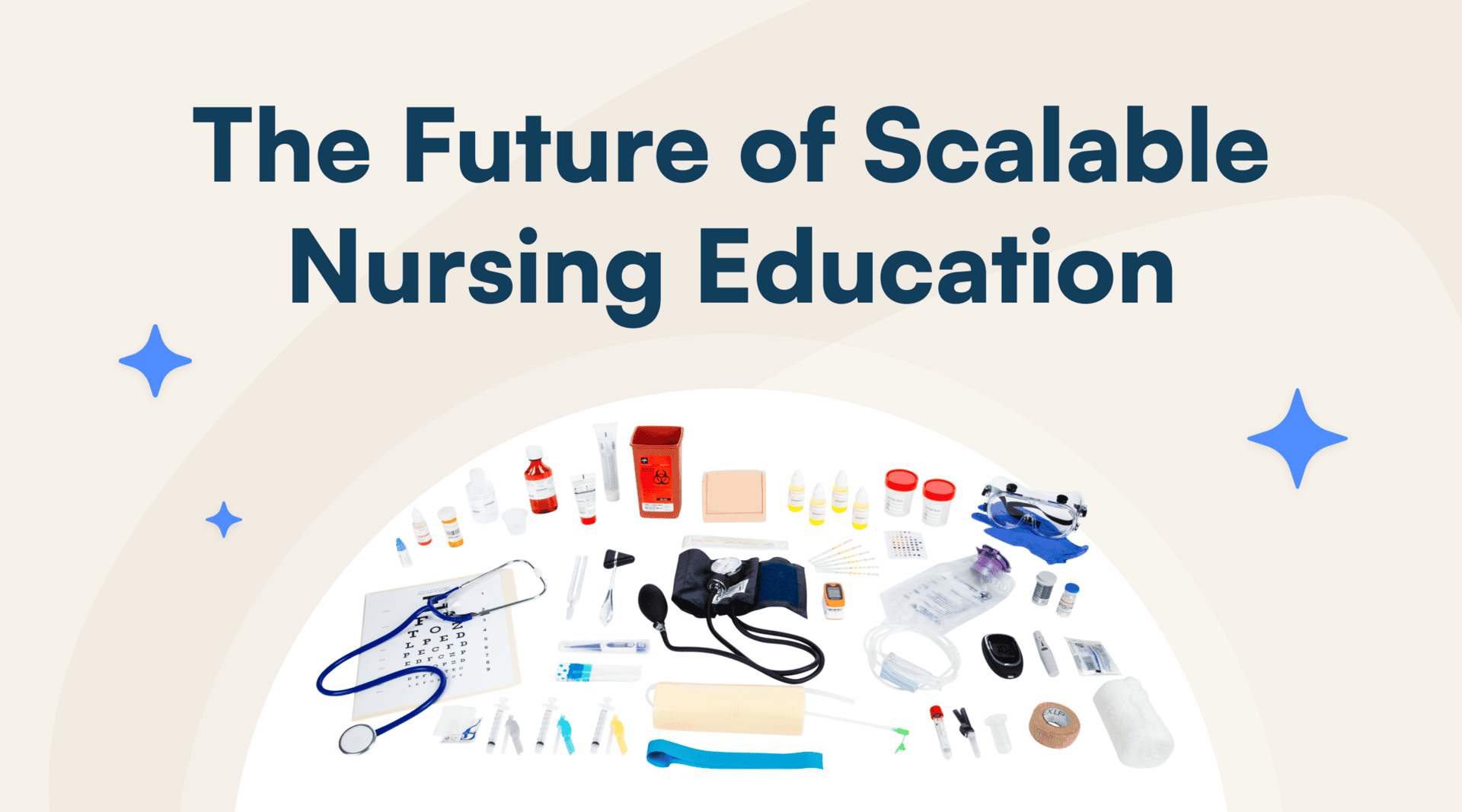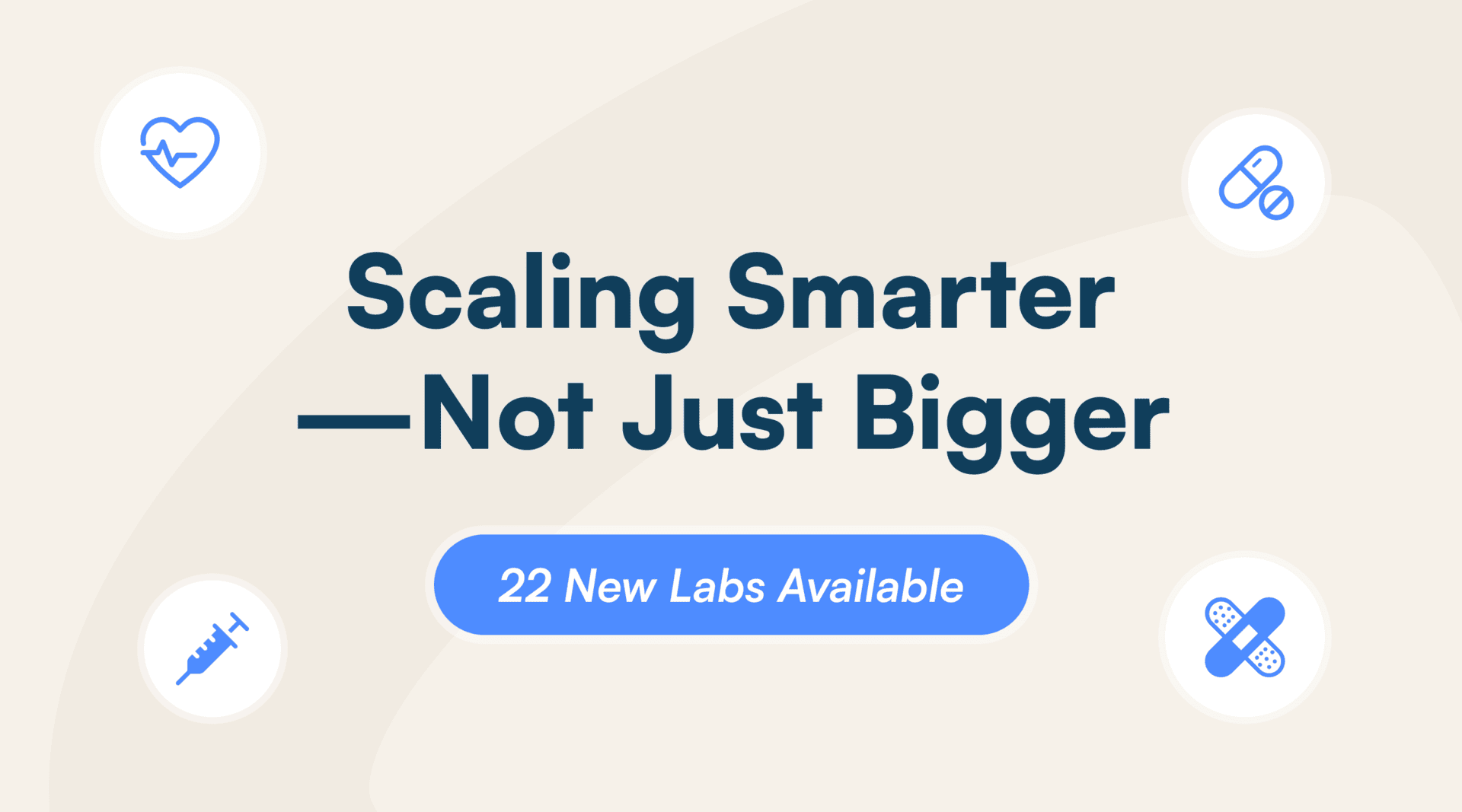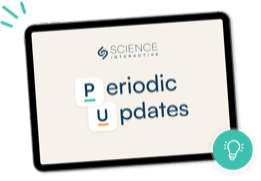A nationwide survey of nearly 3,000 students and educators highlights the growing demand for access, flexibility, and workforce alignment in STEM — and the resource strain threatening to hold institutions back.
ENGLEWOOD, CO–OCTOBER 16, 2025–Science Interactive, a leader in supporting effective science education, released findings from its third Annual Lab Report this week: Beyond the Bench: Tackling Faculty Strain, Student Readiness, Allied Health & AI. Drawing on survey responses of STEM leaders, instructors, and students, the report uncovers a pivotal moment for STEM education: how to scale access and innovation without sacrificing rigor, quality, or student outcomes.
The findings also reveal a sector under strain. Faculty are burning out under the hidden weight of lab preparation, while students continue to enter labs unprepared to learn. Together, these challenges can erode rigor, frustrate instructors, and leave students less confident. Still, as student demand for flexible, career-aligned STEM programs surges, particularly in Allied Health and online modalities, expectations for academic rigor and workforce readiness remain unchanged.
“STEM sits at the intersection of higher ed’s biggest challenges and its greatest opportunities,” said Dr. Caitlin Runne-Janczy, Chief Academic Officer at Science Interactive. “Programs are under pressure to grow, but they can’t lower the bar. That’s forcing institutions to rethink how they deliver quality at scale from smarter prep strategies and hands-on kits to AI-driven support and flexible lab design.”
Key Findings from the Annual Lab Report
While the data exposes mounting pressures, it also points to a path forward. The Annual Lab Report highlights how innovative pre-lab design, hybrid modalities, and workforce-ready disciplines like Allied Health are redefining what it means to deliver rigorous, scalable, and equitable science education. Key insights include:
Enrollment divergence: Higher ed enrollment remains uneven. On-campus lab enrollment is flat or declining, but nearly three in four institutions offering online labs report growth. Demand is strongest among pre-health students (89%), science majors (63%), and dual-enrollment learners (50%). Still, one in four would have taken the course elsewhere, and another quarter wouldn’t have enrolled at all.
Faculty under strain: On-campus labs remain highly valued for their immediacy and hands-on experience, but they come at a cost. Two-thirds of instructors cite lab prep and logistics as a major challenge, while 50% are responsible for all the prep themselves. Forty-three percent say these hidden hours directly limit their ability to teach more courses or serve more students.
Student unreadiness is universal: Across formats, 90% of instructors say lack of preparedness is their top barrier. Forty-two percent of students report feeling unprepared, up from 39% last year, and nearly half say they lack confidence. Non-majors struggle most, with 49% arriving unprepared compared to 39% of majors.
Pre-labs fall short: While 84% of students in courses requiring pre-labs said they felt more prepared, nearly half still walked in unready. Most students spend less than an hour preparing; 91% said virtual trial experiments before the hands-on lab would make a meaningful difference.
AI disruption: Nearly half of instructors have caught students misusing AI in labs, while half also admit to using it themselves for course design or grading. Eighty-two percent of faculty worry AI threatens academic integrity, yet many see promise in its use for tutoring, simulations, and scaffolding.
Allied Health surge: With healthcare roles projected to outpace all other job categories, programs in nursing and allied health stand out as rare growth areas. More than 80% of administrators and nearly 90% of instructors report increased demand, and 64% of institutions plan to add online or hybrid Allied Health labs despite funding and space constraints.
Hands-on remains the gold standard for rigor: 76% of instructors said hands-on labs help students gain the knowledge and skills needed, and 84% of students said they made courses more engaging. While 86% of students are satisfied with virtual simulations, only half of instructors see them as comparable to in-person labs.
As one online biology student shared, “I got a better feel for what to do with the hands‑on experiments than just reading or watching a video.” Other survey respondents echoed the value of their hands-on experience. “What I enjoyed most about hands-on labs was being able to put my knowledge into practice to better prepare for exams and the field of work.”
Charting a Path Forward
This year’s data points to a sector on the verge of transformation. With enrollment growth in online and Allied Health programs, rising demand for workforce-aligned skills, and new technologies reshaping how labs operate, STEM is uniquely positioned to lead higher education’s next evolution. The opportunity now lies in turning pressure into progress, leveraging smarter pre-labs, AI-driven support, and scalable lab infrastructure to give faculty their time back, better prepare students, and sustain quality at scale.
The full report is available for download at www.scienceinteractive.com.
For a deeper dive, register for the live webinar, Beyond the Bench, which will cover more findings from the report in depth as well as broader key trends in online learning from the Quality Matters CHLOE 10 report.
Contact:
Lauren O’Brien, Chief Marketing Officer
lauren.obrien@scienceinteractive.com
Discover more articles

Research Reveals a Dual Prep Problem in STEM Courses & New Opportunities to Deliver Rigor at Scale

Science Interactive Launches New Nursing Fundamentals

